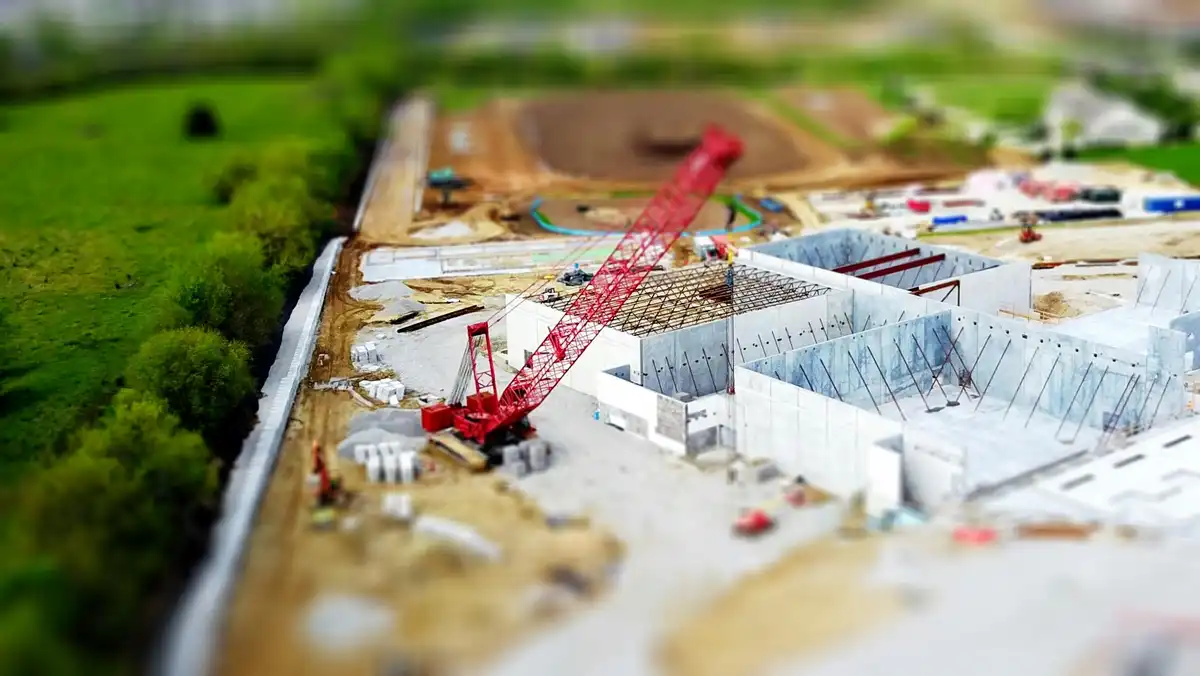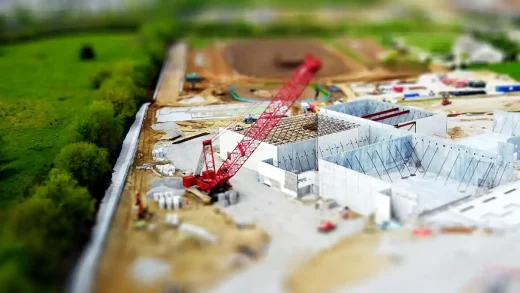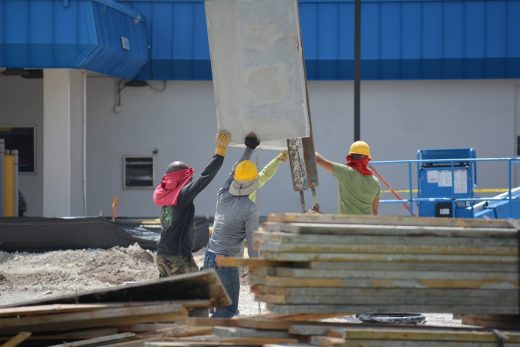Construction labor management future trends guide, Building productive workforce, Timekeeping systems
Construction Labor Management Future Trends
17 November 2024
The construction industry has changed a lot in the last few decades. Although companies are still looking to minimize their costs while hiring the best talent, they’re much more careful in how they’re going about things. Specifically, there’s less and less favoritism with a noticeable focus on inclusivity.
Another common trend we’ve noticed has to do with labor shortage. Nowadays, it’s really hard to find experts, even if you’re willing to pay top dollar for their service. This trend resonates throughout countries, raising the base costs for all businesses within the industry.
While some of these issues might seem concerning, civil construction brands are still making unprecedented profits. In this article, we’ll take a look at driving forces within the business, focusing on labor-related trends.
1. Lack of Labor
Perhaps the most noticeable problem the industry is facing has to do with the lack of veteran painters, bricklayers, electricians, and other professionals. The problem has become so widespread that various governments are looking to stimulate the number of young students enlisting in trades.
According to ABC (Associated Builders and Contractors), the industry needs an additional half a million workers just to support the existing demand. The figure is quite alarming, especially when we consider that almost 90% of businesses have trouble finding qualified staff.
Even when a company finds professionals, they struggle to retain them for prolonged periods. The job market is so volatile that many experts change companies on a monthly basis, always looking for better-paying positions.
The good news is that the rise in paychecks will likely offset the shortage. Young people understand the financial benefits these jobs provide, which is why many of them are taking on new skills. The rise of automated work might also help out, as it will eliminate some of the simpler positions.
2. Rising Costs
Since the COVID crisis, the costs in the civil construction business have shot through the roof. By the end of 2024, we can see an average increase of 3% to 6% compared to 2023. For the most part, the change has to do with the increased cost of materials but also certain financial trends, such as increased interest rates.
And while companies are charging extra to offset their expenses, some of them are still struggling to make profits. As previously mentioned, labor costs are a big ticket as you have to pay your staff month to month while the project is still ongoing. This forces management to sell properties in advance to stabilize their cash flow.
Labor costs have become especially problematic for several reasons. First, you need to hire a top HR agency to find good staff for your company. Even then, it might take months before forming a crew. This will push the timeliness, potentially causing you to pay penalties.
Once you find several candidates, you have the tall task of negotiating salaries. Even with all the struggle, there’s no guarantee that a person will stay with the company as someone else might snatch them. This can be only prevented with ironclad contracts, which lead to additional legal expenses.
3. Improved Safety
Civil engineering has always been classified as one of the riskiest jobs. Basically, one in five people who die at the workplace are construction workers. To make matters worse, employees in this industry are more likely to suffer debilitating injuries and take sick leave.
Companies are well aware of this trend, which is why there has been an increased emphasis on security in the last few years. Providing better training and equipment is vital for any serious company as it prevents expensive lawsuits and a drop in productivity. Companies that protect their workforce are also preferred among employees.
Some businesses spend enormous money on AI-powered platforms and wearable devices. These programs allow managers to monitor the workforce in real-time and get notified when they enter dangerous areas. Among others, this data shows foremen how their staff is moving on the site and what kind of hazards they might encounter.
4. Better Time Tracking
Time tracking and reporting was historically one of the industry’s biggest Achilles heels. Companies would use paper systems to clock in and out their workforce, which led to numerous errors. To make matters worse, this rudimentary system was vulnerable to time theft, which cost companies thousands of dollars on a weekly basis.
In 2024, all of this is a thing of the past. With solutions such as SmartBarrel’s construction time tracking software, you’ll be modified whenever a person leaves the site. Managers get real-time alerts, which would prevent time theft and make it easier to assess productivity.
5. More Inclusion
Like in many other industries, inclusion and diversity have become relevant for construction businesses. Although the majority of the workforce is still men, we’re now seeing many more ladies on the site. Many of them assume administrative and managerial roles, but there are also those who work physical jobs.
Just to have a better understanding of what we mean, the number of female owners has increased by 94% from 2007 to 2018. Similarly, we’re seeing many more foreigners and people of color starting their enterprises. There has also been an increase in Gen Z people who are willing to work in this industry.
The reason why more and more people are taking an interest in civil engineering likely has to do with better paychecks. However, the presence of new, modern technology at construction sites is another perk. Nowadays, some of the tasks can be done with less physical force, which opens the door to females and people with special needs.
Construction labor management future trends Conclusion
The construction business has changed a lot in recent years. Some companies have made enormous money from its volatility, while others didn’t manage to adjust to these tectonic trends.
The good news is that being an on-site worker has never been better. People in this industry enjoy more protection than their predecessors while also getting bigger paychecks. The introduction of advanced software has made some tasks a breeze and has helped employers optimize their processes.
Comments on this guide to Construction labor management future trends article are welcome.
Construction and Project Management
Construction and Project Management Posts
10 Best Construction Management Software in 2020
Rise of AI in Construction Project Management
Construction business management software
Develop an Effective Project Management Plan
What Is Construction Project Management
Habitual Canards of Project Management
Construction Posts
Building a Pedestrian Bridge Construction
Make Your Construction Fleet Efficient
5 reasons to use steel in residential construction
Property Articles
Comments / photos for the Construction labor management future trends – Effective Management Strategies advice page welcome.









